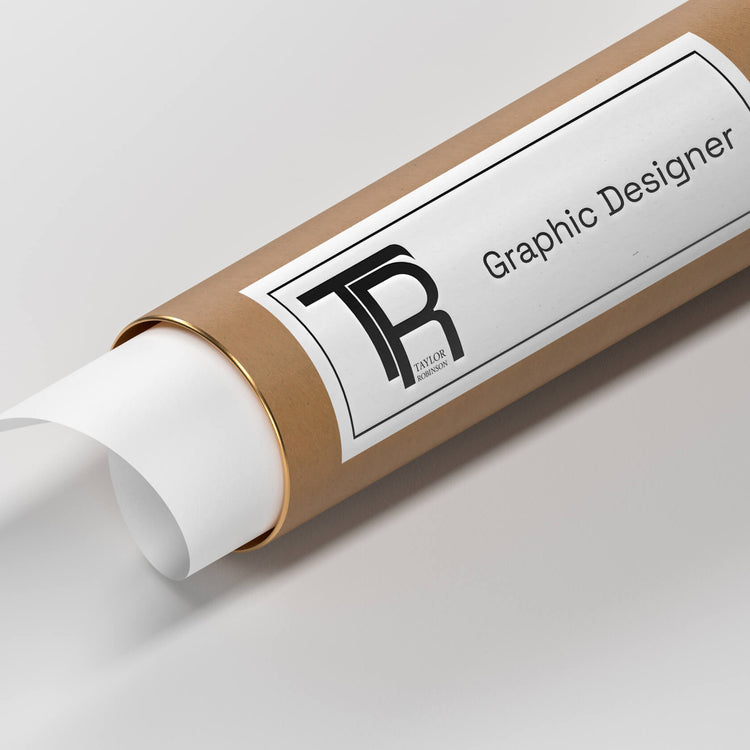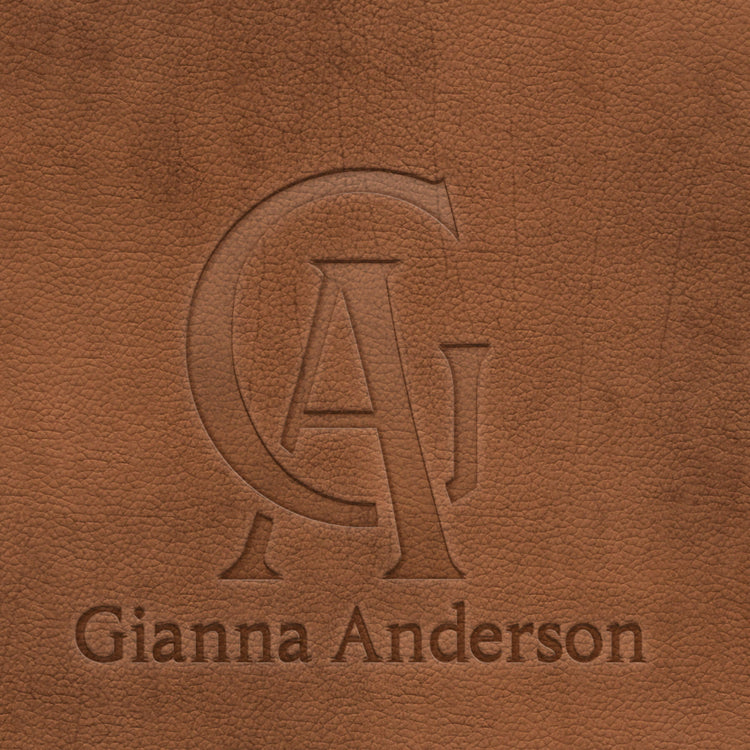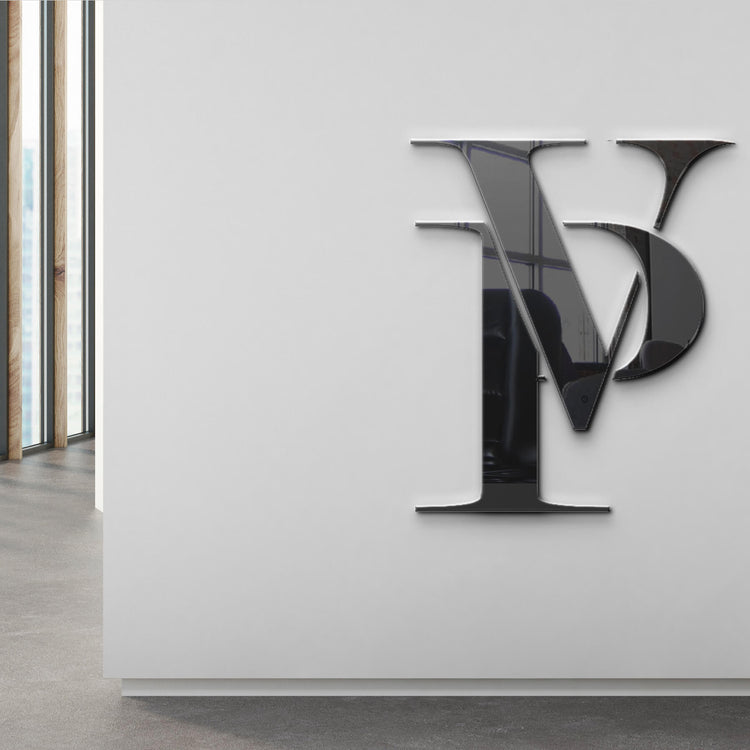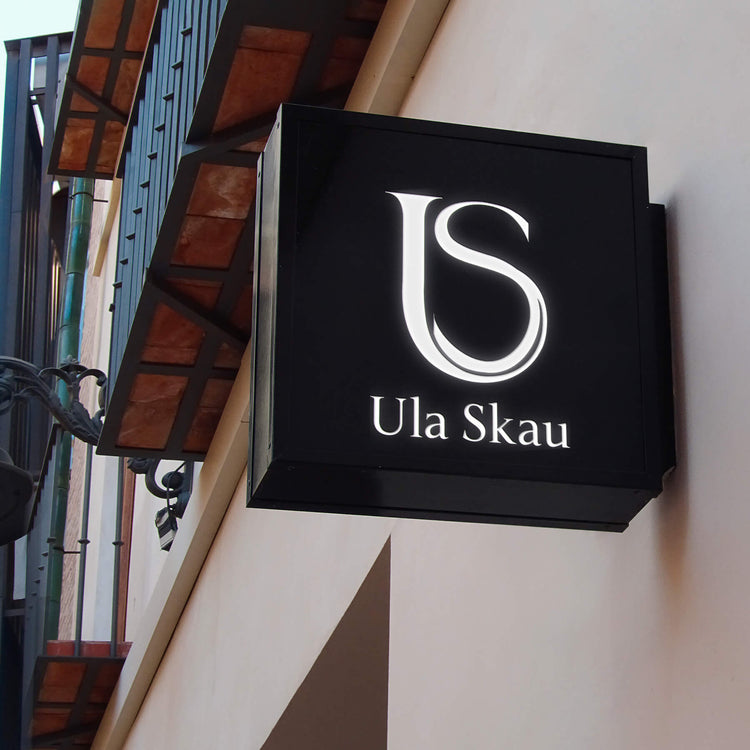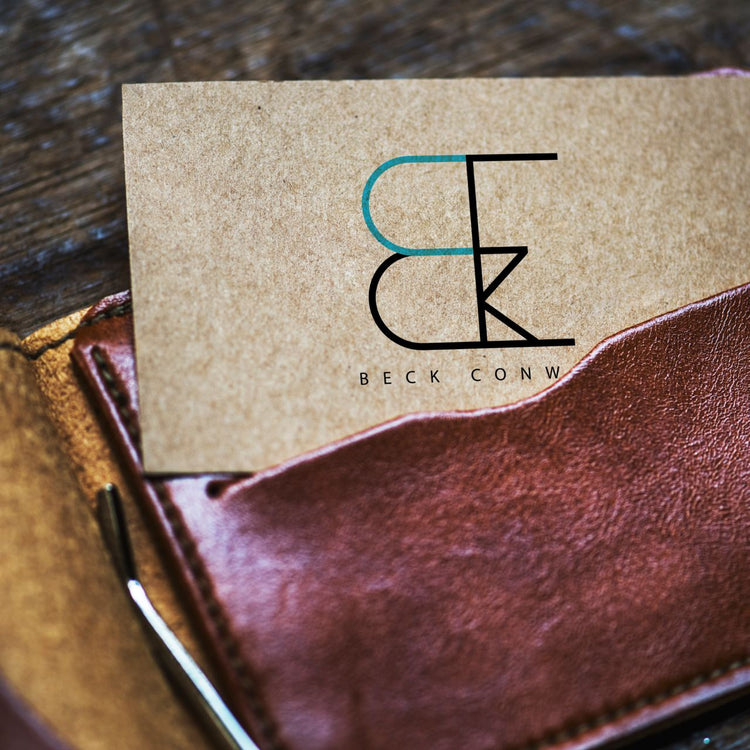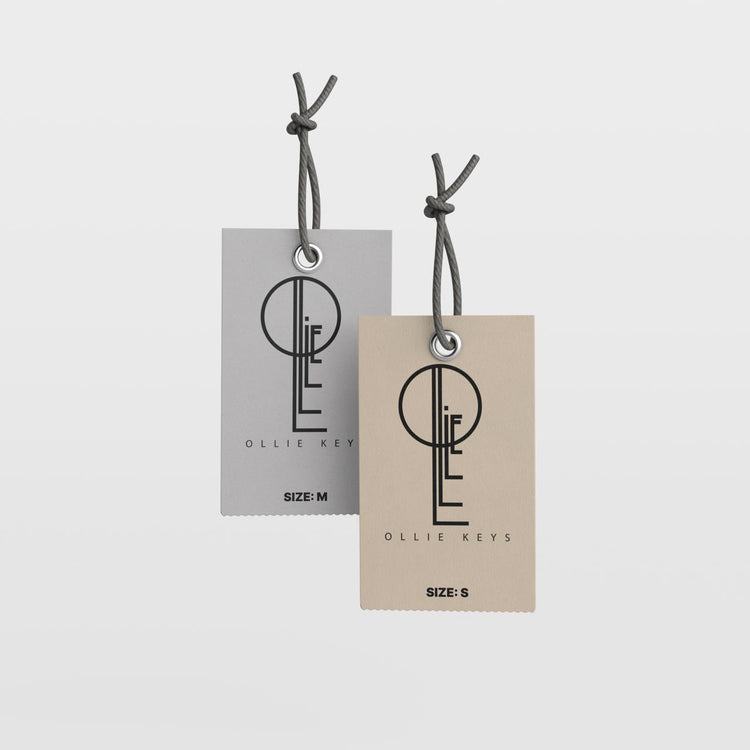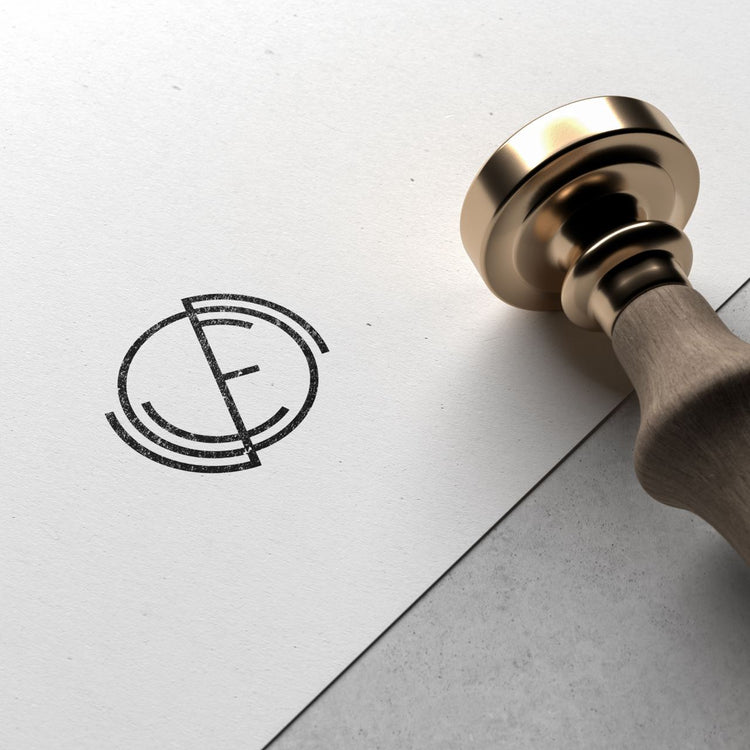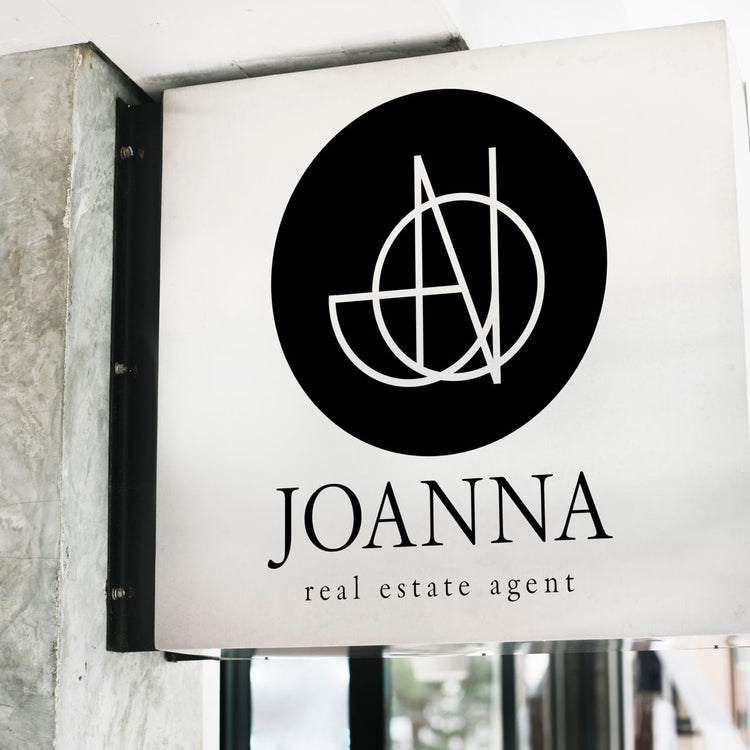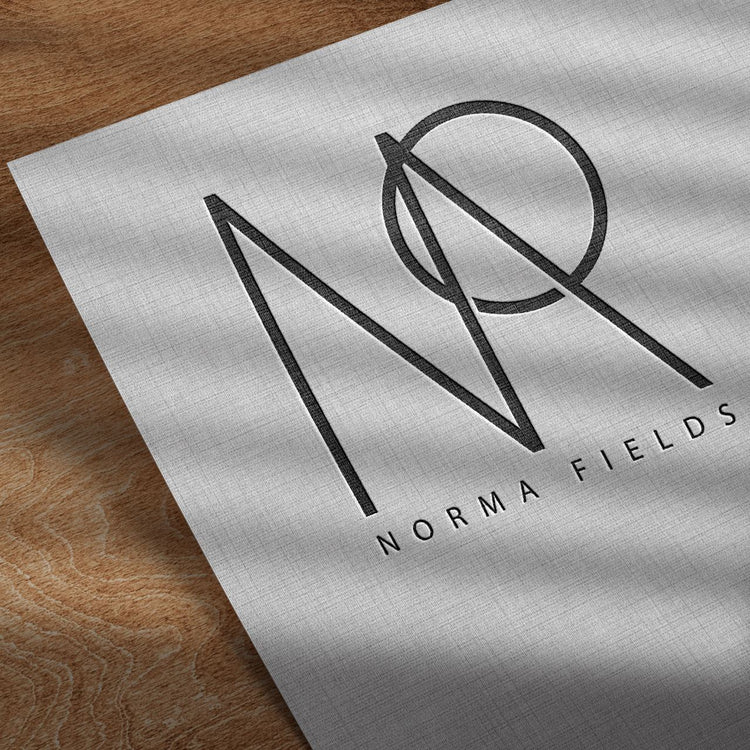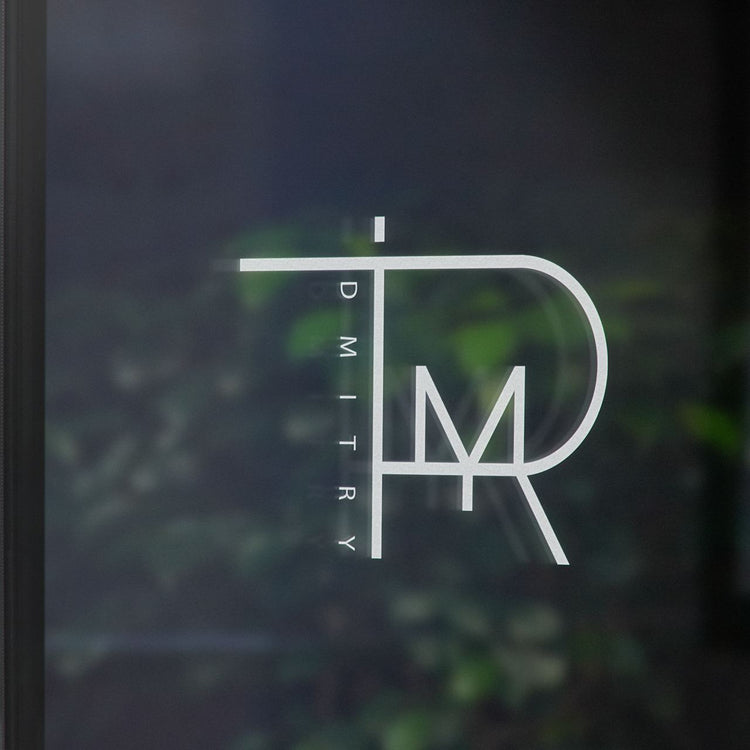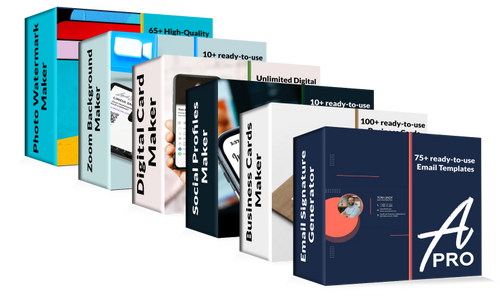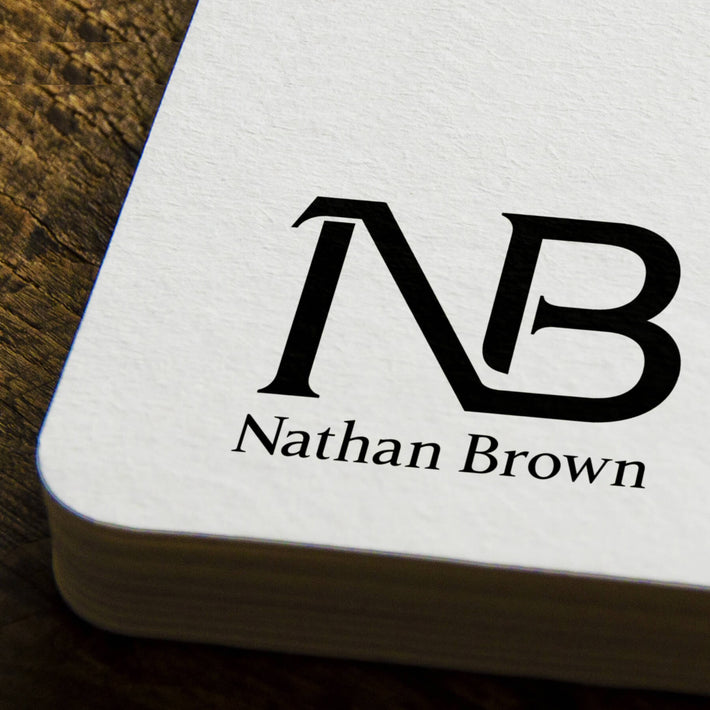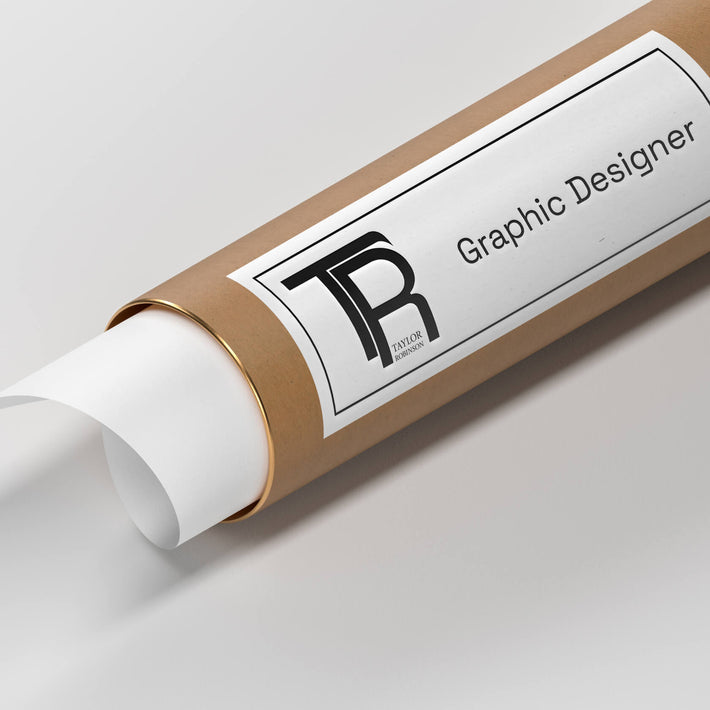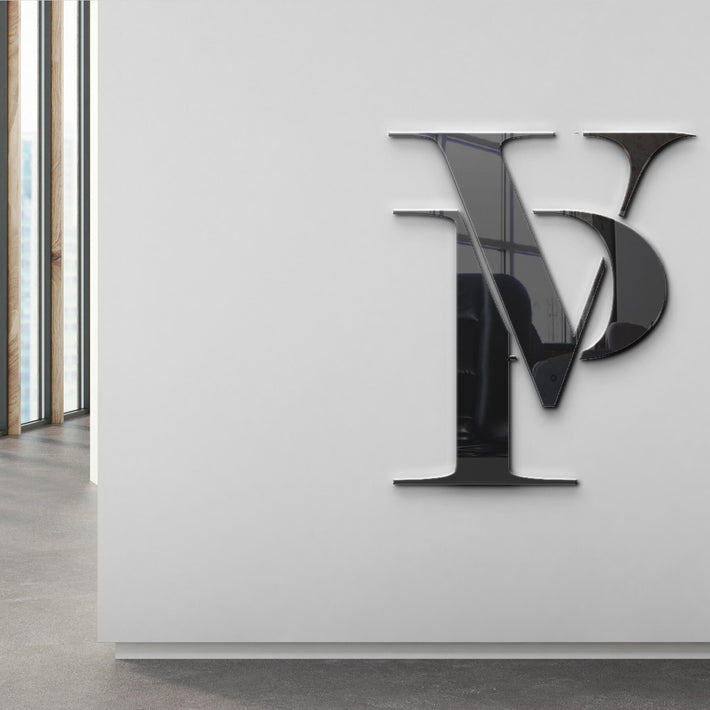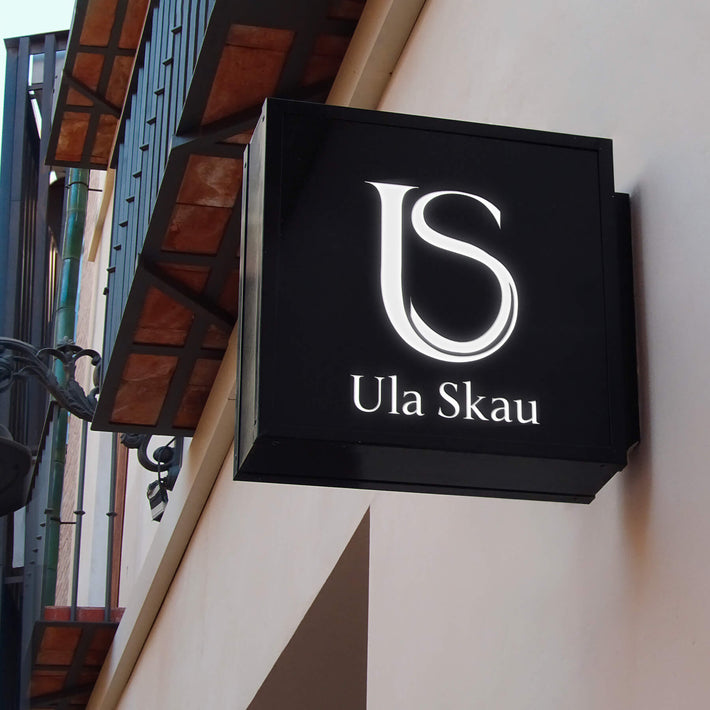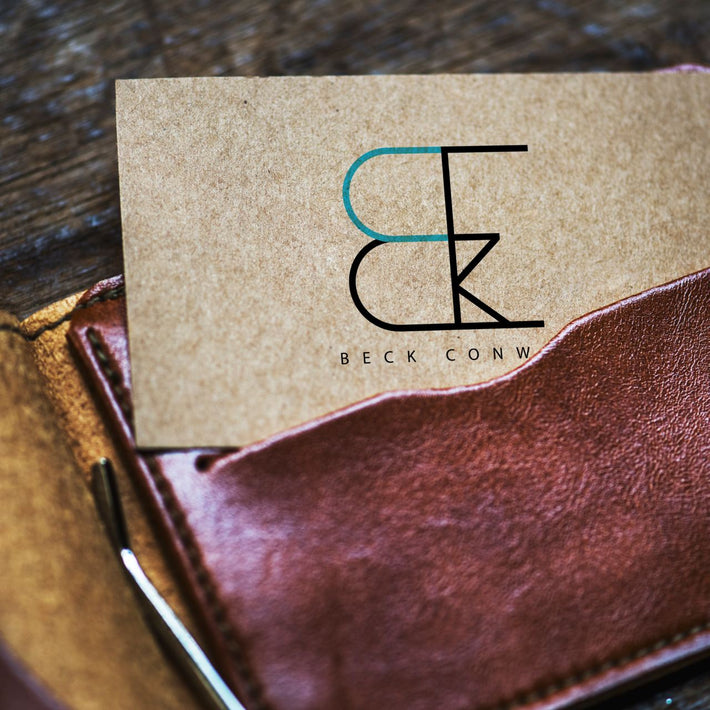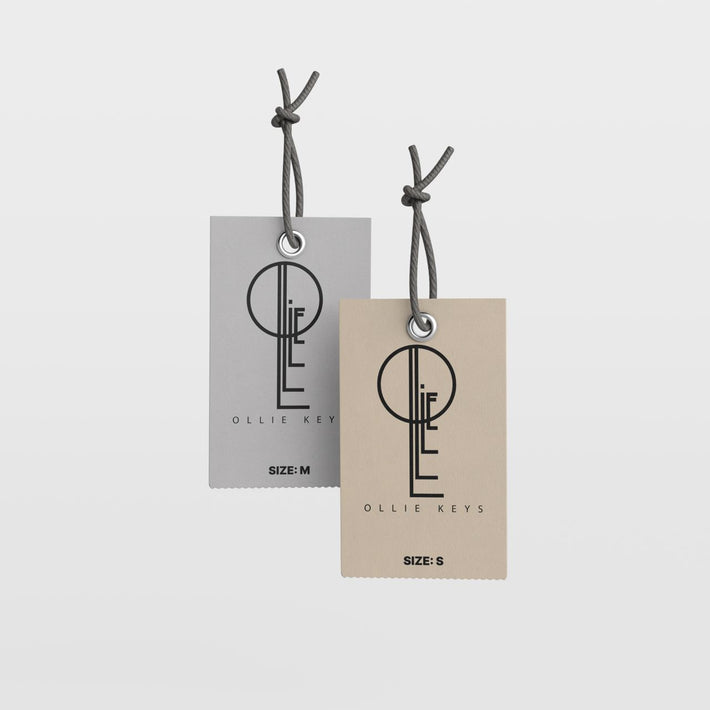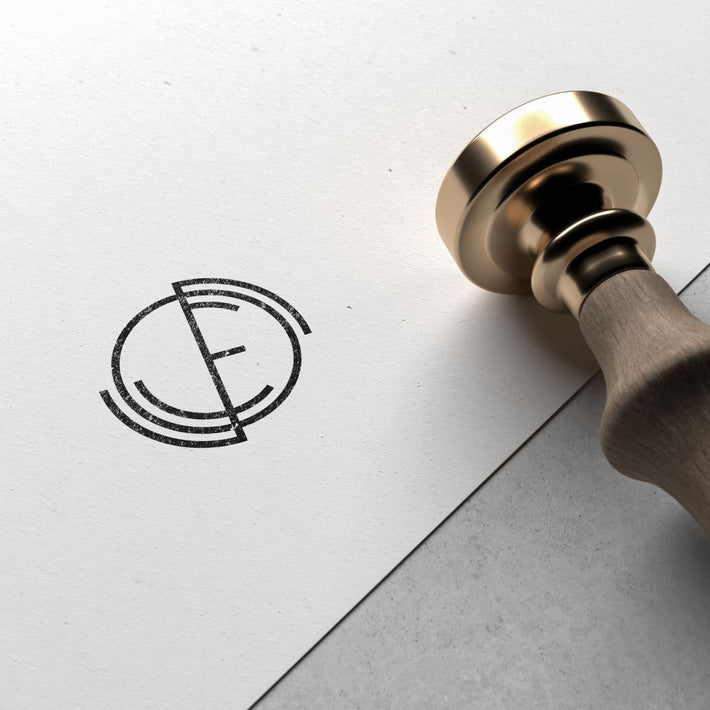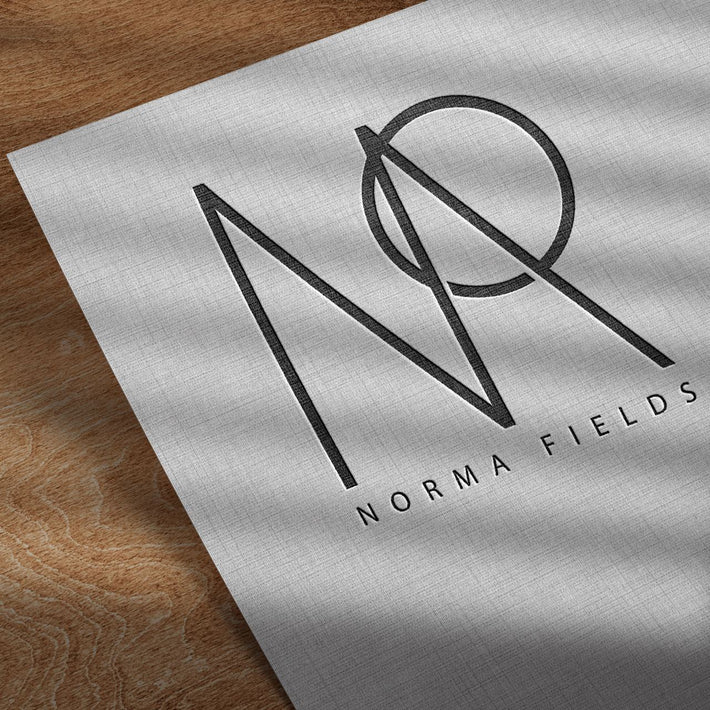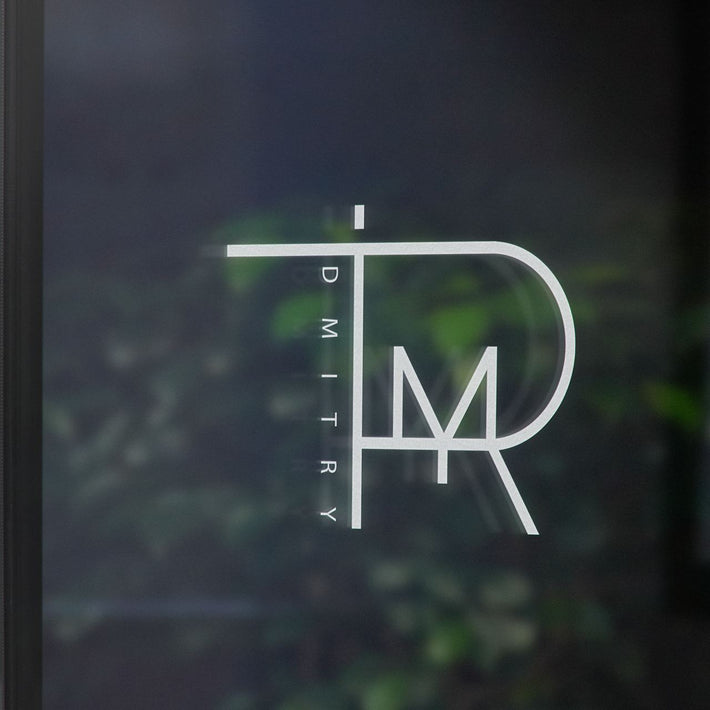Business Typography Logo
$99.95
$39.95
Couldn't load pickup availability
This is also a type of 100 handmade logo, but created in the style of typed one.
Elevate your brand to next level with typography logos. These logos are typically created by a designer, using combination of letters within your brand name. These logos can be super easy to read, such as a simple connected of two letters or more complex as in the image examples of this product.
Advantage of doing such logo by hand is that we can create any shape, proportions or logo style.
The product can be purchased in conjunction with your handwritten Artlogo or as a separate unrelated product.
Share:
Item added to your cart

